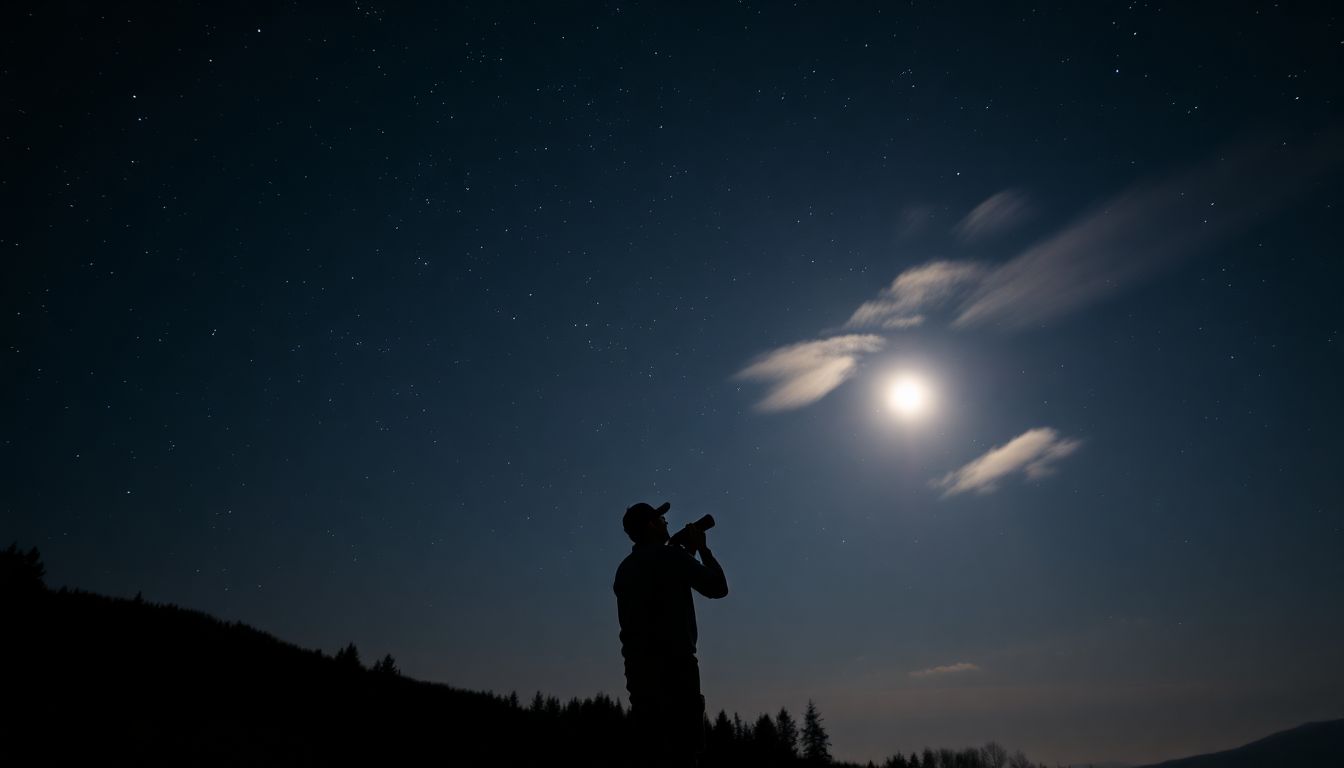
How to Tell If the Flashes in the Sky Are Stars or Something Else
Introduction
Have you ever looked up at the night sky and seen a sudden flash? Maybe it looked like a quick streak of bright light, making you wonder what you just saw. These flashes can be exciting but also confusing. Are they stars, or could they be something else? Knowing what these flashes are helps you enjoy star-gazing more and keeps you safe. Sometimes, what looks like a star could actually be a moving object or an artificial light. Luckily, there are simple ways to tell the difference, and that’s what we’ll explore here.
Understanding Celestial Phenomena: Are They Just Stars?
The Nature of Stars and Their Visibility
Stars are bright balls of hot gases shining in space. They are usually visible at night when the sky is dark. Stars appear mostly steady—they don’t flicker or move far in the sky. Sometimes, they seem to twinkle because of Earth’s atmosphere acting like a giant lens. Brightness can change too, but rarely enough to make a star suddenly flash like a camera light. Stars stay fixed in place relative to each other, slowly shifting with Earth’s rotation.
Types of Night Sky Flashes
Not all flashes come from stars. The sky hosts many phenomena that can cause quick flashes or streaks. Ordinary stars generally shine with a steady light. But, transient flashes—like shooting stars or meteor showers—happen fast and suddenly. These are brief but very bright. Other causes include planets reflecting sunlight or atmospheric effects that make stars appear to flicker.
Common Misinterpretations of Star Flashes
Sometimes, natural effects trick us. For instance, a thin cloud can make a star seem to blink or flash. Light reflections inside your camera or glasses can also create optical illusions. These distortions can confuse you into thinking there’s an unusual event in the sky when it’s just visual quirks.
Recognizing Natural Causes of Flashes in the Sky
Atmospheric Effects and Optical Phenomena
Weather and air conditions shape what we see. Iridescence, halos, or light diffraction may cause flashes or shimmering effects. When warm air meets cold air, it can bend light, creating bright spots or streaks. Also, humidity and temperature changes can make stars appear to flicker or suddenly shine brighter.
Meteor Showers and Shooting Stars
Meteors are likely the most common cause of sudden flashes in the sky. When a space rock burns up entering Earth’s atmosphere, it creates a quick streak of light called a meteor. These are often seen during specific events like the Perseids or Geminids. Meteors are brief but very bright, often ending in a flash or a long streak across the sky. Unlike stars, they move fast and rarely stay in one spot for more than a second.
Airplane Lights and Satellite Flashes
Aircraft and satellites can also create flashes. Airplanes have blinking navigation lights—red, green, and white—that move across the sky. They follow predictable paths and have steady blinking patterns. Satellites, on the other hand, might appear as bright dots that quickly flash when the Sun glints off their surfaces. The famous Iridium satellites can produce bright, brief flashes that seem to pop up suddenly.
How to Differentiate Between Stars and Other Moving or Flashing Objects
Analyzing Movement and Pattern
What’s moving and what isn’t? Stars stay fixed, drifting slowly due to Earth’s rotation. You might notice them shift position gradually. Satellites and planes, however, move steadily across the sky, following straight lines or predictable paths. If an object is blinking and changing position fast, it’s probably a man-made object.
Brightness and Duration of Flashes
Was the flash quick or steady? Short, bright bursts are likely meteorites. They are like cosmic fireworks—only lasting a second or two. Steady or flickering lights tend to be stars or planets. If the object stays in one spot and shines with consistent brightness, it’s probably a star or planet.
Viewing Conditions and Timing
Timing helps too. For clear, moonless nights, stars are most visible. During known meteor shower periods, flashes are more common. Watching when the sky is dark and free of clouds makes it easier to tell what’s happening. Checking astronomical calendars for special events helps you stay alert for unusual sights.
Tools and Resources for Accurate Identification
Mobile Apps and Star Charts
Smartphone apps like Stellarium, Sky Guide, or Star Walk can turn your phone into a guide. They show real-time positions of stars, planets, and satellites. You can point your device at the sky and see what objects are there. This helps confirm if a flash is a star or something else.
Observation Tips and Best Practices
Using binoculars or a small telescope improves your view. They let you see details and movement better than just with your eyes. Also, try recording the flashes with your phone or camera. Analyzing the video can reveal if the object moved or stayed still, making it easier to identify.
Consulting Experts and Astronomical Databases
Join local astronomy clubs or visit online forums. Experts there can help you identify strange flashes. Check official websites, like NASA or ESA, for upcoming sky events or flash predictions. They often have alerts about meteor showers, satellite passes, and other phenomena.
Conclusion
Knowing how to tell if flashes in the sky are stars or something else makes your stargazing safer and more fun. Look for movement, brightness, and timing clues. Use tools like star apps and record what you see to verify objects. Remember, many flashes are natural and harmless—from meteors to atmospheric effects. But by staying curious and informed, you can appreciate the night sky even more. Keep your eyes open, your camera ready, and enjoy exploring the wonders above.

